Toys Are Getting Too “Cool”
Why do stuffed dogs have the Valencia filter?
Before I get into the article today, I want to give all new subscribers a heads up that I write about lots of stuff—social dynamics, gender, sex, parenting, relationships, marriage, friendships, weird online subcultures, and…gooning? I also write lots of guides, such as my guide for men’s fashion. Today’s article is about toys, which is oddly specific, but rest assured this is not a “parenting Substack” and certainly not a “toy Substack.” Bear with me if this isn’t your thing- you’ll love what’s coming on Monday.
My daughter has recently started showing some interest in the types of toys I liked as a kid, especially dogs. (Yes, I know I wrote The Vibe Shift Against Dogs, but growing up I was obsessed with dogs. My issue is with unleashed dogs, not dogs in general.) As a girly-girl who also loved dogs, I really enjoyed toys that married the frilly pink aesthetic with my love of canines. Presenting, the toy from my childhood that’s still seared in my memory: Puppy Surprise.
This toy was amazing. Basically, it’s a mom dog with a velcro pouch in her tummy. Anywhere from 3-5 puppies are inside the pouch, and there’s a bit of an unboxing element because you don’t know how many puppies you’re going to get. Perhaps cuter still, some dogs come with a “runt” puppy that’s smaller than the other ones. The image here is pink, although I’m pretty sure I had a Dalmation one:
This toy was the perfect, endlessly entertaining gold mine for little girls who loved to play with dolls and dogs—who liked the “brand new baby” component of doll play but also really loved the cute and fuzzy element of man’s best friend. So naturally, as my toddler daughter began to show an affinity for dogs, I went on a quest to find her a puppy surprise toy, because I figured something this popular would have to still be on the market.
And it was, but…I’m sorry, what the fuck is this?
Puppy Surprise went from being cute and wholesome to a failed contestant on RuPaul’s Drag Race. Look, I get that kids like color, and rainbow-colored animals is hardly a new thing (see the famous 90s nostalgia icon Lisa Frank and her rainbow-colored cheetahs.) But something else irked me about the newfangled puppy surprise. The color is whatever. Why are the faces so…yassified? This doesn’t even look like a dog!
Like, what? These dogs went from floppy, adorable cutesies to cunty, snatched influencers with buccal fat removal and lash extensions. I hate this!
I’m sure this was part of a strategic marketing play. I’m sure there were focus groups with kids where the little girls repeatedly selected the Sephora dogs over the Hanna Andersson dogs. But sometimes, frankly, kids have terrible taste. This should never be allowed to happen in our country.
The same yassification happened with the Littlest Pet Shop, a similar pet-oriented toy for little girls. This is what the Littlest Pet Shop dolls looked like in the ‘90s:
Okay, so they had big eyes and slightly cartoonish eyelashes, but they looked like cute little dogs and cats. This is what they look like now:
The issue is not exclusive to toy dogs. One by one, almost every girls’ toy has been yassified, with the exception of Barbie, who was already glam in her original form. Everything else has gone from cute to cool. Eyes have gone from puppy-dog to Instagram model. Take, for example, the retro icon Strawberry Shortcake:
I can’t get too angry, because this is actually not a vintage doll. This is a doll currently sold in stores which is merely modeled after the OG Strawberry Shortcake (The old Puppy Surprise design is no longer manufactured.) Unlike Hasbro’s orignal Puppy Surprise, Strawberry Shortcake is still available in her purest form. However, if you want the newer version, it looks like this:
There’s nothing inherently “grown up” about these new versions—it’s not like they’ve put Strawberry Shortcake in a pair of hot pants and a leather blazer. But she’s just…less cute. Less floppy. Less humble. I don’t like it.
No toy, however, has been more unfortunately yassified than Polly Pocket. Much like Puppy Surprise, Polly Pocket was simply perfect for ‘90s girly girls. Polly herself was a tiny, tiny doll (I think she was about an inch tall, if not smaller, hence the “pocket” reference) and she came with a cute little mini-dollhouse that usually folded into a heart shaped clamshell.
Polly Pockets were discontinued in 1998 after their brand was acquired by Mattel, who (idiotically) decided the concept wasn’t worth it. But in 2018, they were re-launched. And look what they did to my boy:
WHAT?! Not only did Polly go from an adorable, pudgy little girl to a sassy, cool pre-teen with her own mediocre TV show, but she isn’t even that small anymore, which was the whole point of the toy. The actual dolls have gotten bigger, for some ludicrous reason!
Granted, she’s only supposed to be ten, and perhaps some ten-year-olds look like this. But did we really need the giant Frozen eyes and the long skinny legs? Far be it for me to slut-shame the clothing of a cartoon child, but it’s not that her clothing is slutty, it’s that it’s just not “cute” anymore. She’s trendy. She’s cool. She’s cosmopolitan. The real Polly Pocket is none of those things.
The toys reflect this unfortunate yassification. Why do the eyes need to be so big? Why do they need to be skinny?
I think one turning point of unnecessarily glamorized dolls and toys happened when Bratz launched in 2001. In fact, I think almost every toy yassification happened post-2001. Bratz weren’t the first dolls to look stylish, glam and cool. Obviously, up until this point, Barbie filled that role. But Bratz dolls did it a little differently, because they mixed childish neoteny with glam. I know that the Bratz fans are going to be up my ass for this, but what I liked about Barbie was she was so clearly post-pubescent, and her glam was within the confines of being an adult. Bratz’ proportions were a bit more ambiguous when it came to age. They had bigger heads, proportionately shorter bodies, but even more over-the-top Instagram face (arguably, this aesthetic contributed to the concept of Instagram Face, which didn’t even exist in 2001.) While Barbie was slammed for having an unrealistically small nose, Bratz dolls basically didn’t have noses at all. It’s giving cunty Voldemort.
When Bratz first came out, I was getting a little too old for dolls anyway, and I didn’t really care about them either way, but things started to feel kinda weird when Bratz Babies launched. Like, uh…*chuckles nervously* what the fuck?
This felt weird to me even as a teenager. Bratz were glam, and that was fine for a fashion doll, but why did the baby version need to be glam? I know I sound like such an old fuddy-duddy, reading into things that aren’t there, but it really felt like this was a crossover that didn’t need to happen. Babies don’t need to wear lipstick.
Now, I’m not accusing any toy company of producing a toy that’s intended to be sexual. I don’t think that any toy for children was intended that way (although I think we all remember the infamous vibrating Harry Potter broom toy that many millennial girls—I swear not me—used as a foray into the world of gooning.) I also think it’s perfectly reasonable for girls to want to “try on” the exciting, glamorous components of womanhood. I recall a Twitter user roasting her thirteen-year-old niece for requesting skincare and makeup for Christmas, which seemed perfectly age-appropriate to me (the Twitter masses jeered at the girl, insisting at that age she should just be reading books and using Dove soap.) Part of being a little girl, especially if you are a girly-girl, is enjoying the glitz and glam of dress-up, hair bows and glitter. But can we keep a little more of the whimsical cuteness? Can we stop giving toy dogs snatched jawlines?
Without having worked at a toy company myself, my best guess is that these changes to our beloved, chunky, floppy childhood toys is driven by focus groups. Most likely, little girls gravitate toward the more glamorous toys because kids like to feel grown up. This is also why toy commercials always feature kids who are slightly too old to be playing with the toy in question—for example, eleven-year-old boys playing with Tonka trucks so that eight-year-old boys will think they’re cool. Wanting to be like the big kids is a fundamental part of being a child.
But there’s also such a thing as good taste. I know I can’t fight capitalism, and the market might just be giving kids what they want. But since parents are making these purchasing decisions, and most parents would probably prefer not to have their children’s toys serving relentless cunt, can we just agree to dial it back a bit?
Perhaps the answer is just for parents to take matters into our own hands. There are, thankfully, some toy companies still producing wholesome, age-appropriate dolls for little girls. Lottie Dolls is a really underrated doll company that makes cute, aesthetically pleasing and diverse dolls for little girls and boys. Although I will say, their “Kid Activist Doll” nicknamed “Little Miss Flint” is maybe a bit too on the nose? But she’s got cute hair, so I’ll take it.
Rest assured, not all of Lottie dolls are political. In fact, most aren’t. Take, for example, the cute Autumn Leaves doll:
Another option for dolls that withstand societal pressure to yassify are American Girl Dolls, which are notoriously expensive but also just really, really beautiful. When I was a kid, we only had a few historical doll characters to choose from, and now there are seemingly endless varieties of American Girls—including a Jewish one! I really was born too early, although I suspect my very secular half-Jewish upbringing means I might still have more in common with my OG doll, Samantha.
American Girl Dolls are, of course, insanely expensive at $160 each, but one really underrated doll (from the same brand) is the Wellie Wisher, which is nearly the same size, apparently the same quality, maybe even cuter, and only $65!
Also, if you’re looking for a cute baby doll with ‘90s vintage vibes, check out the Pepotes Dolls which I promoted in my ad-free gift guide. Just look at those chunky feet!
Overall, I hate the cool-ification of kids’ toys. It speaks to the broadening of adolescence, starting earlier and ending later, to the point where women in their twenties are calling themselves “teenage girls.” (I know they say they’re joking, but they actually kinda mean it.) But as parents, we cannot control the world in which our children live. And if our daughters are girly-girls who like dolls and ruffles and dress-up, we shouldn’t discourage their self-expression. But perhaps we can use the only language that toy companies understand—our wallets—to purchase the cute, uncool, non-yassified toys this holiday season.
Also, a research opportunity for an app in development for married couples:
If you're a married man, Jan Gebauer would like to talk with you for 15 minutes about your struggles in your marriage and how you deal with them. If you are interested, please email wifeguy@sunshineworks.eu
You might also like…
Let Children Be Fancy Again
For as long as I can remember, I have a specific sensory memory from my childhood that’s seared into my brain. It pops into my mind constantly: the feeling of my tights-covered feet on blankets.
My Ad-Free Gift Guide (Just A List of Stuff I Genuinely Like)
This is probably the last day that I can write a gift guide. It wasn’t my plan, but I have so many good gift ideas (or previous gift successes) that it feels almost wrong not to share. I’m REALLY good at giving gifts.




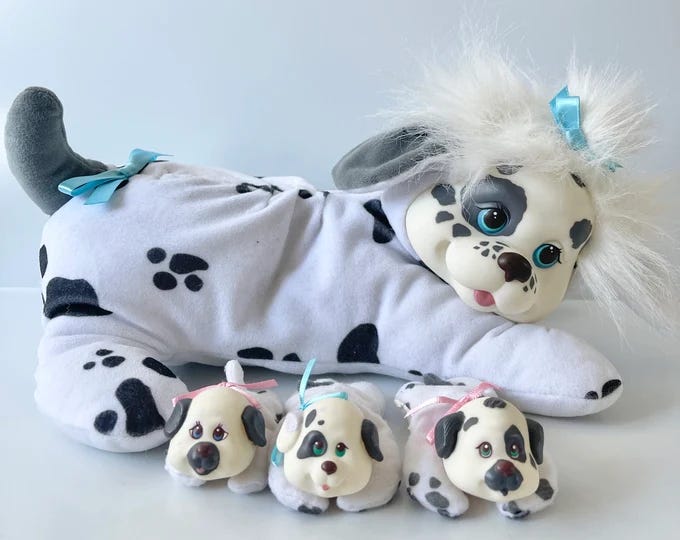



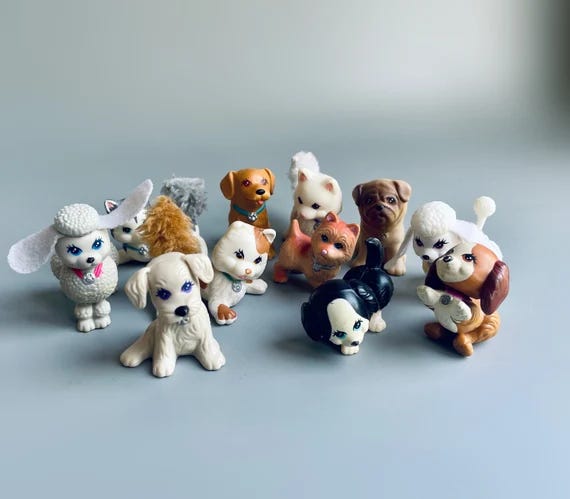
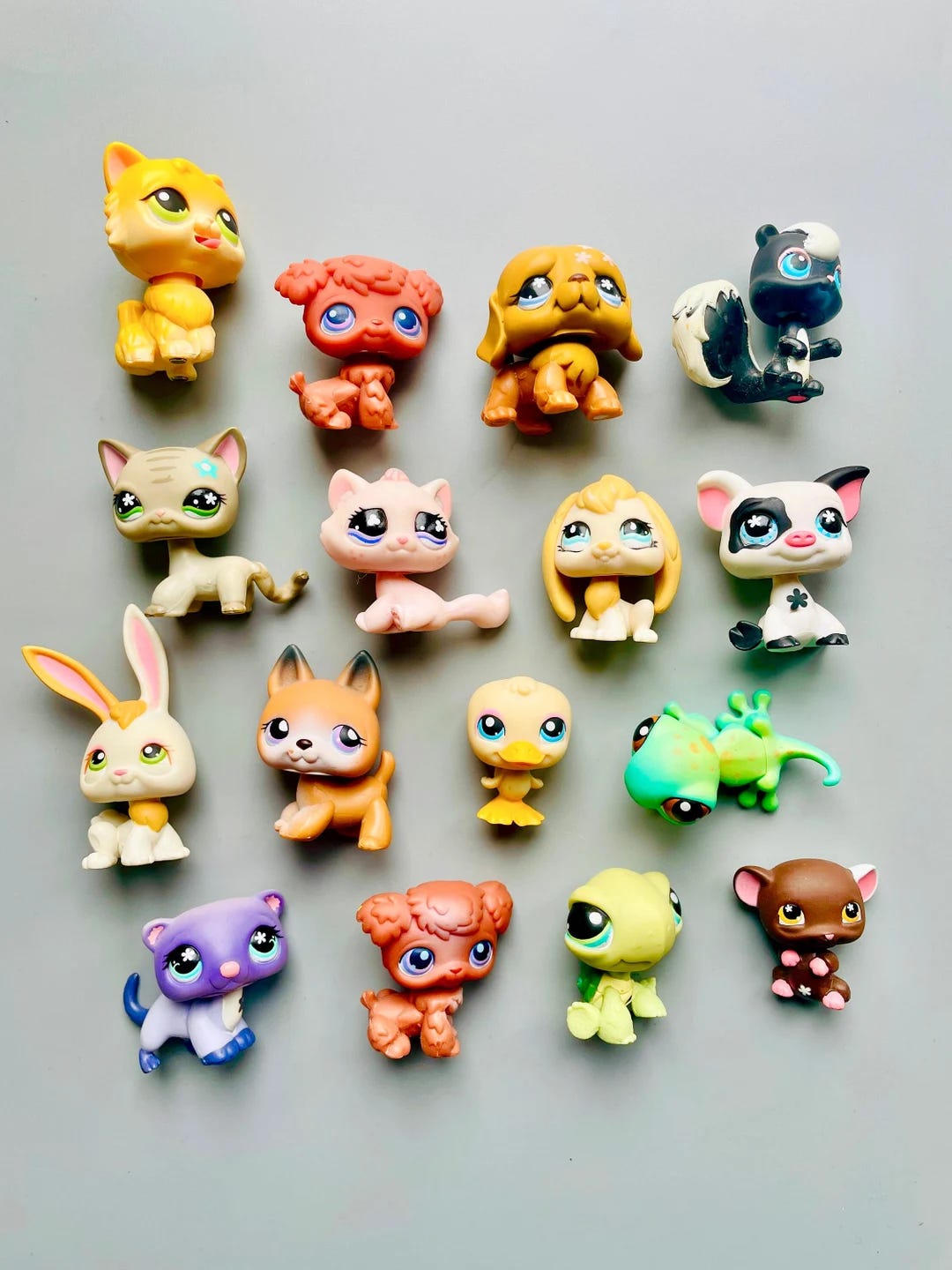
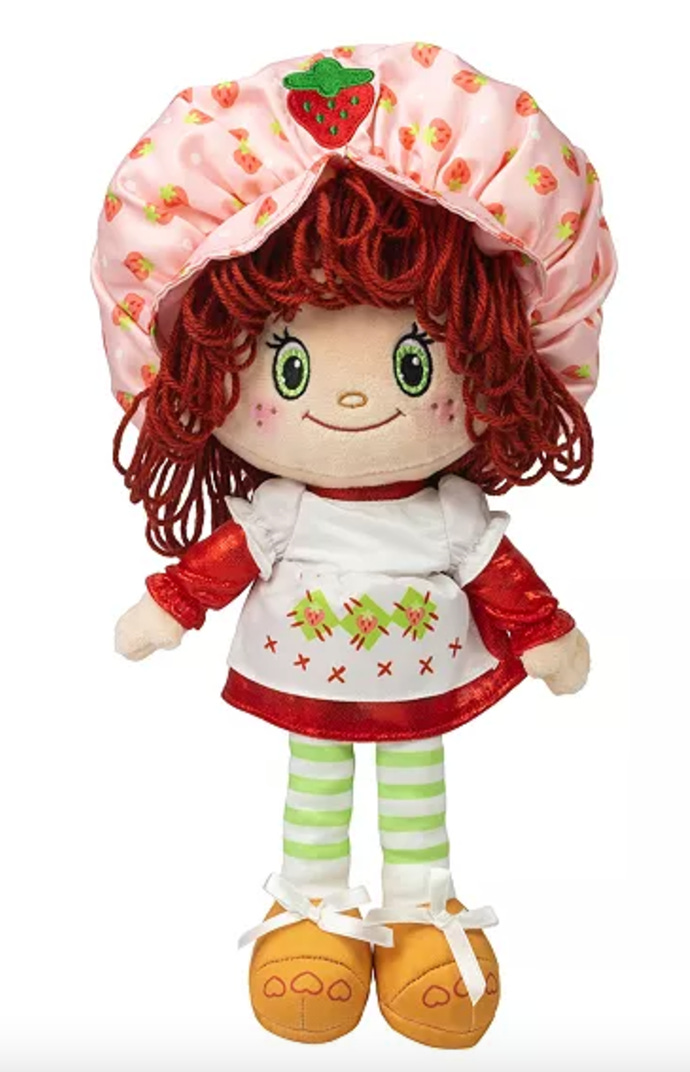
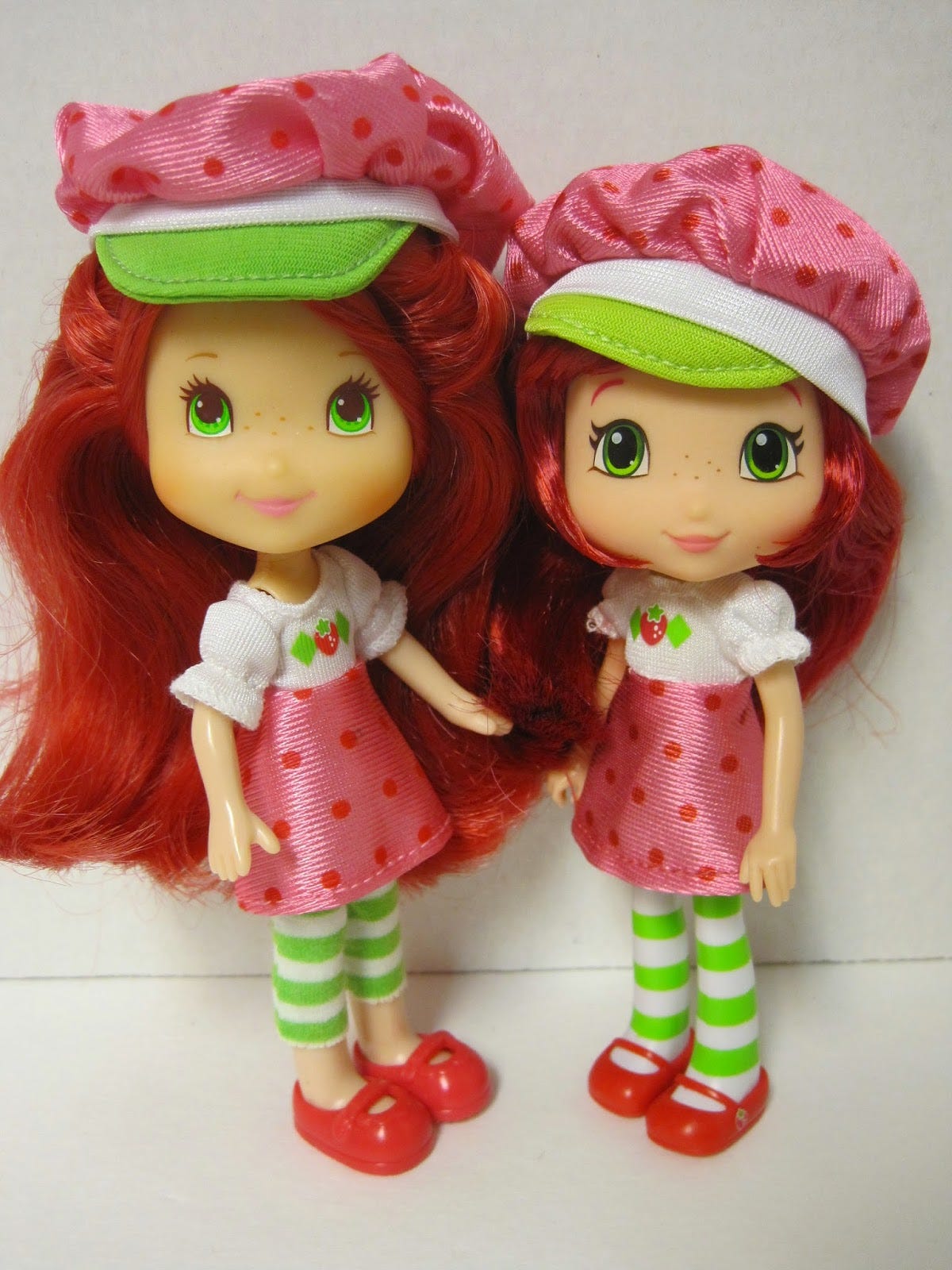
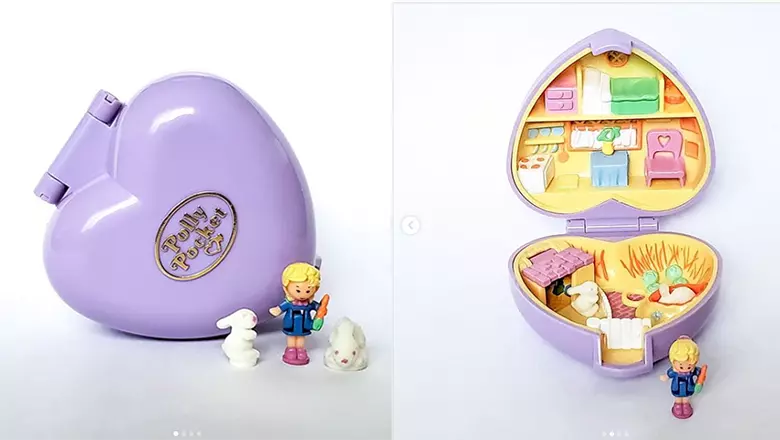
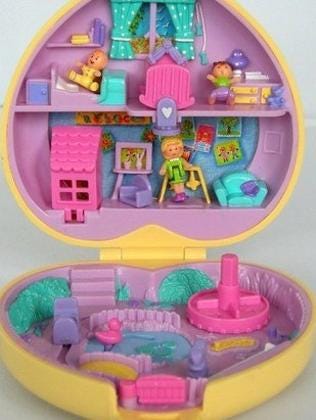
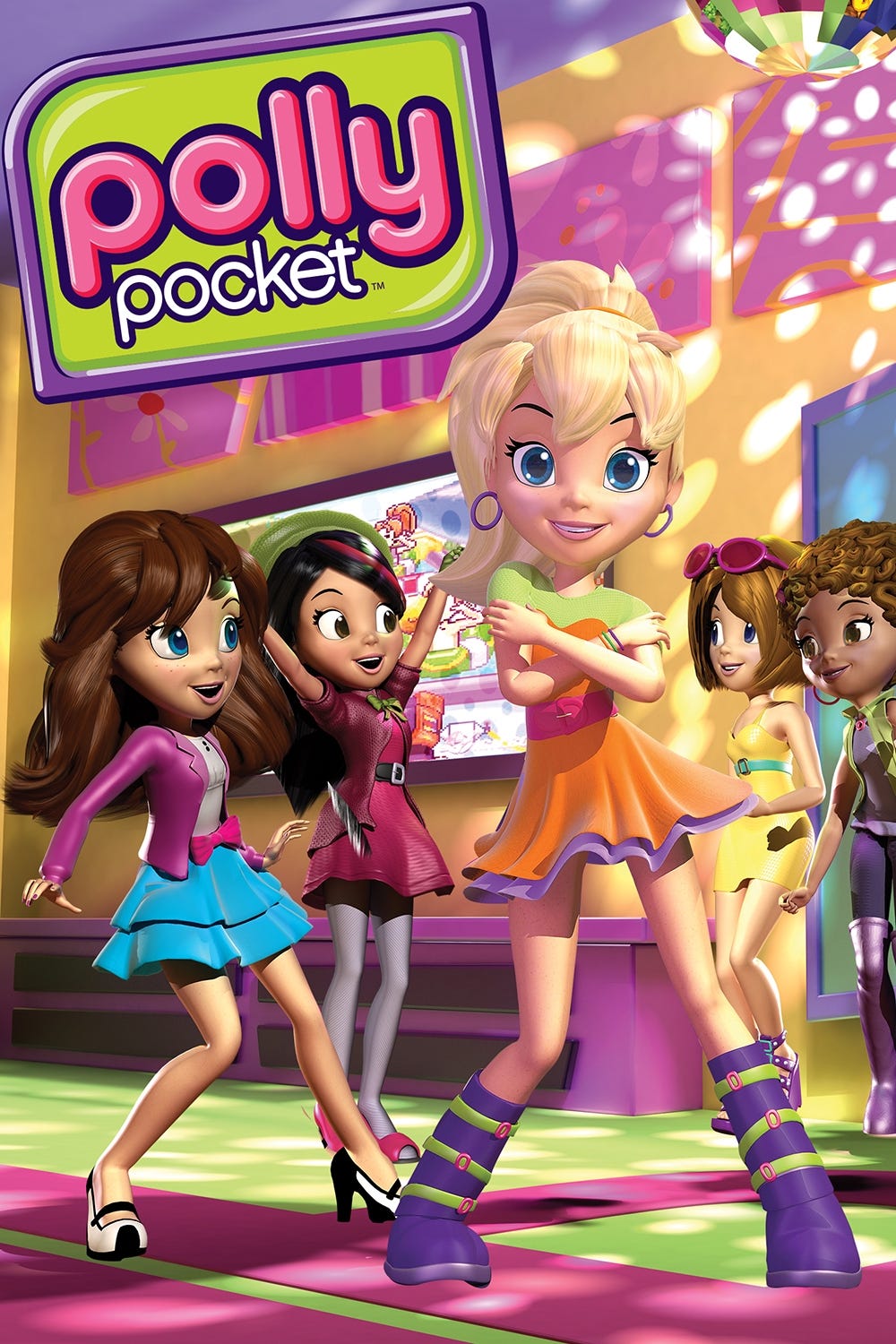
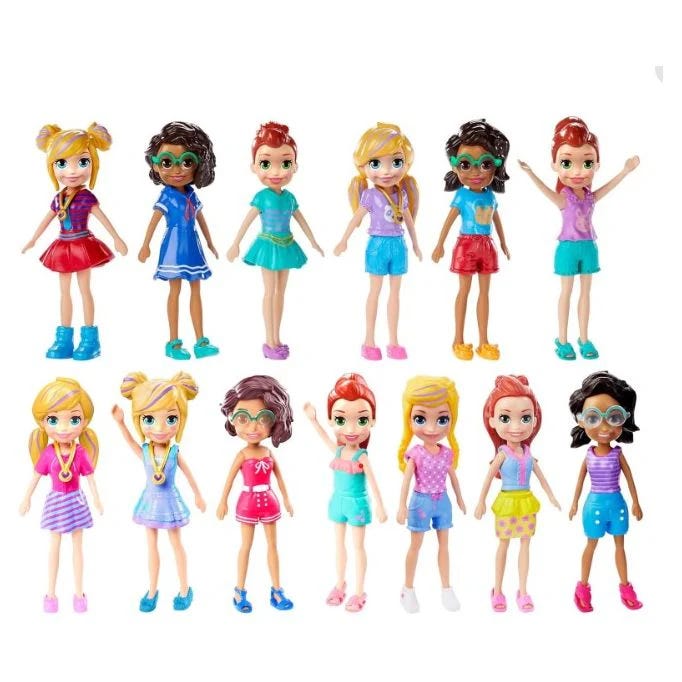
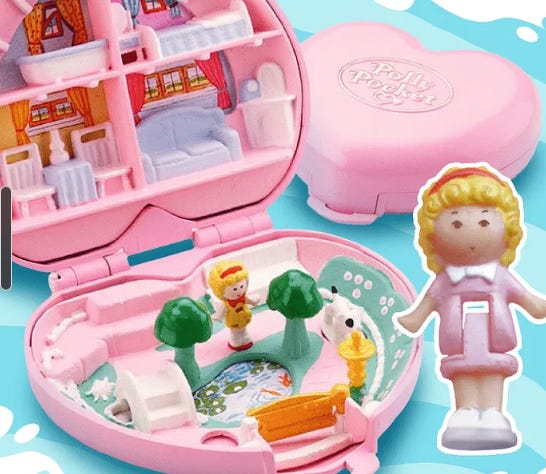




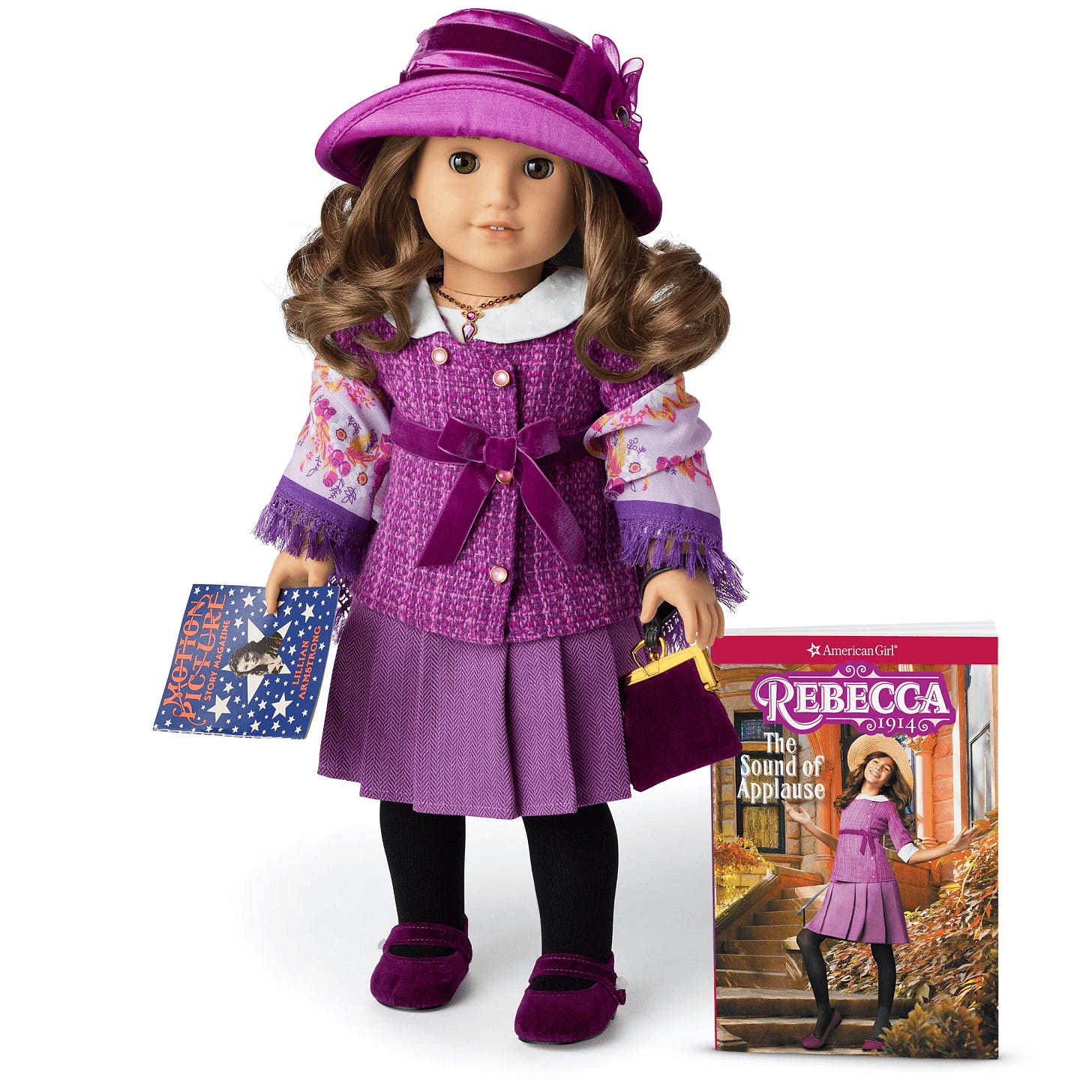
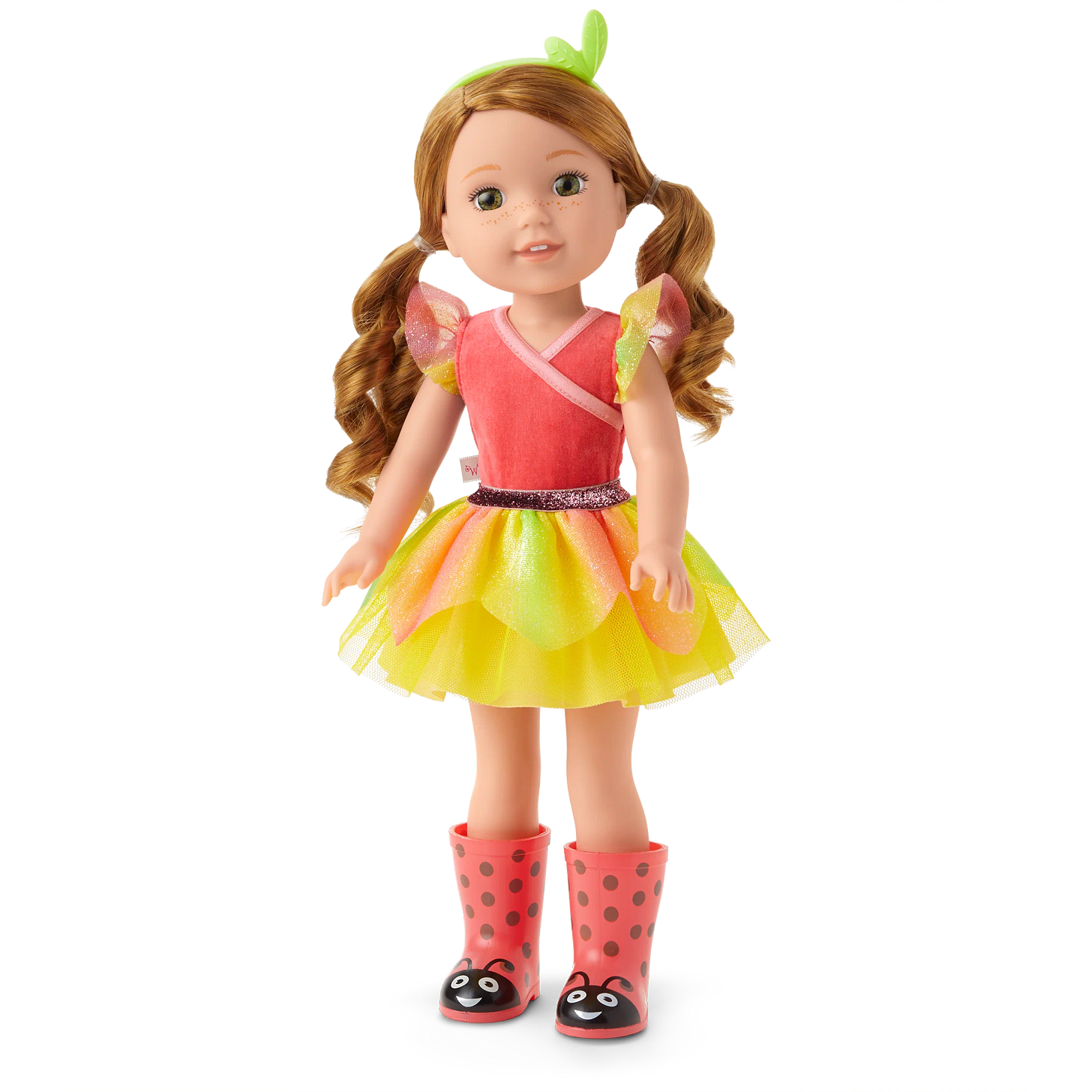

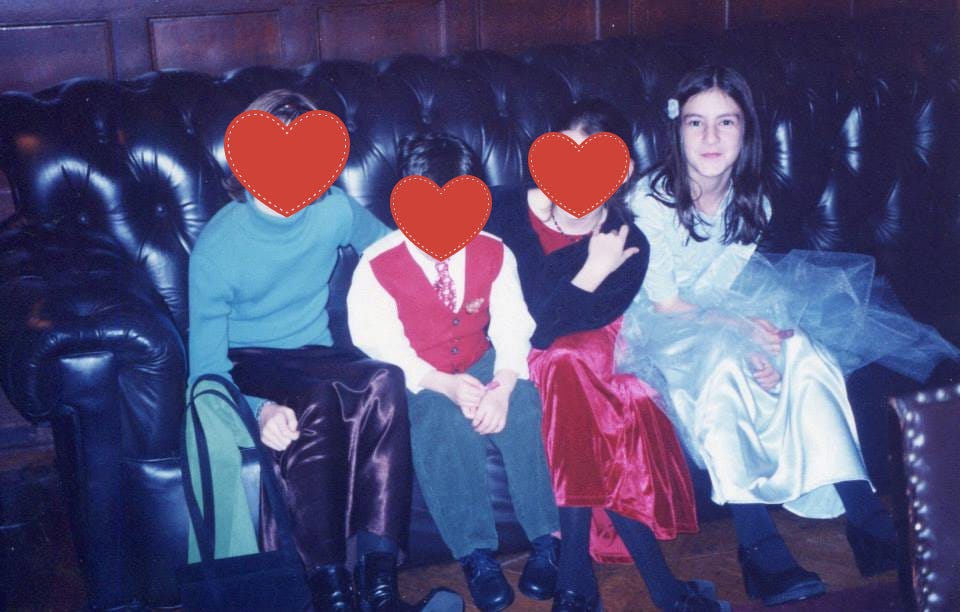

I collect dolls and have two daughters who play with their own dolls. I’ve never bought Bratz because they just look…I don’t know, aggressive. Like they want to snark about your outfit, not be your friend. The baby ones are just disturbing, especially when you realize that they’re wearing underwear, not diapers. Why are potty-trained kids being portrayed with no pants?
(The story of the legal battle between Mattel (Barbie) and MGA (Bratz) is fascinating, though. The founder of MGA/creator of Bratz came up with the concept while working for Mattel, but he claimed the non-competition clause didn’t apply because he was on sabbatical.)
I don’t really care if dolls that are supposed to be teenagers are “yassified” - some of the Rainbow High dolls I’ve bought, I bought because they were wearing outfits that reminded me of stuff I wore in high school. When they’re supposed to be little girls, though, I think it’s a bit much.
I agree with all of this. I'm also wondering whether the parents buying the Sad Beige toys are the same ones buying the yassified ones? Because the vibes could not be more different